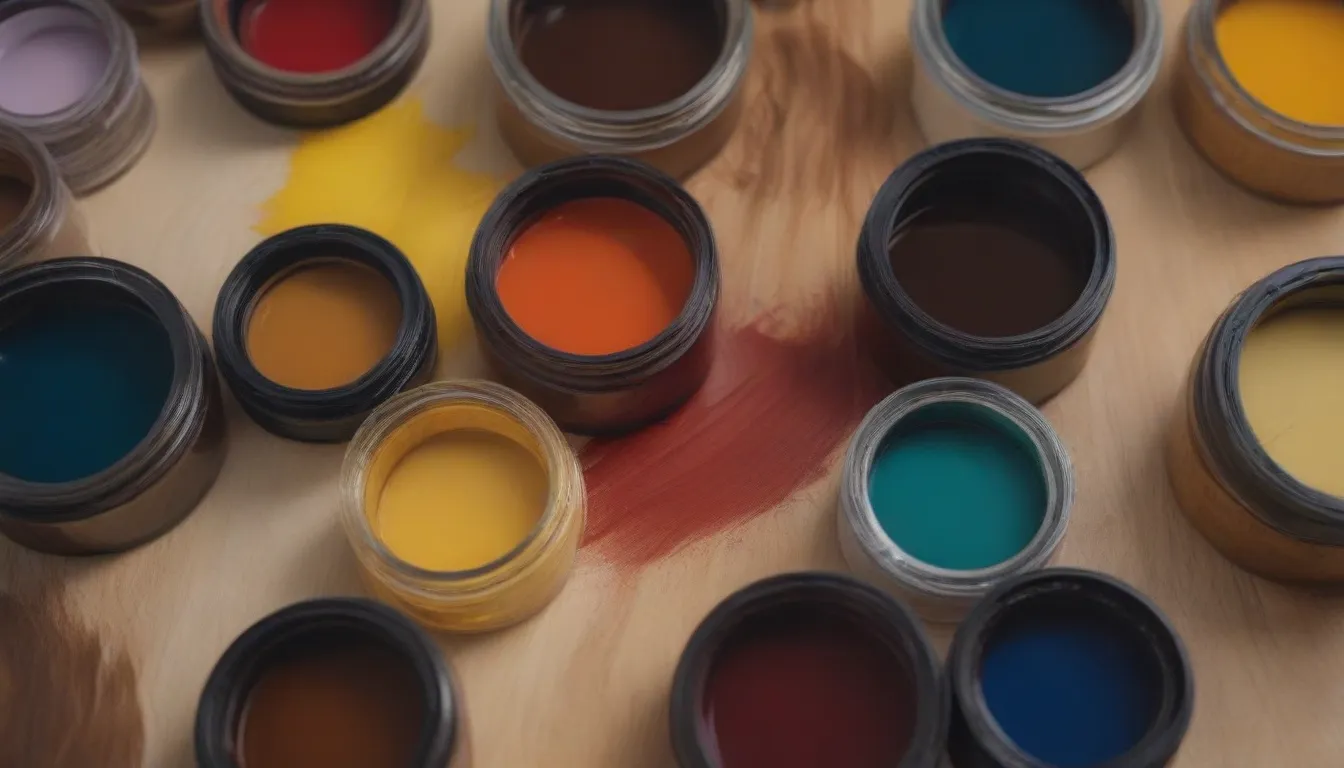Ultimate Guide to Choosing Between Varnish and Stain: Everything You Need to Know

So, you’re diving into a new woodworking project and now the time has come to decide on the perfect finish. Varnish and stain both have their own unique advantages, but choosing between the two can be a bit overwhelming. That’s where this comprehensive guide comes in handy. We’ll break down the key differences between varnish and stain, so you can make an informed decision that suits your project’s needs.
Understanding Varnish and Stain: What Sets Them Apart
Before we delve into the nitty-gritty details, let’s take a moment to understand the fundamental differences between varnish and stain. Both products serve the purpose of protecting your woodworking project against water, UV radiation, heat, and physical damage. However, the way they achieve this protection is where the key distinctions lie.
- Varnish: Varnish acts as a final topcoat that forms a protective barrier on the surface of the wood. It creates a shield against water, UV radiation, and impact damage, effectively sealing the wood fibers.
- Stain: In contrast, stain penetrates into the wood fibers, enhancing the natural color and grain of the wood. While it also provides some protection against moisture and UV damage, it is not as effective at preventing physical damage as varnish.
Varnish vs. Stain: Major Differences Explained
When it comes down to selecting the right finish for your woodworking project, it’s essential to consider various factors such as appearance, resistances, durability, cost, maintenance, and lifespan. Let’s take a closer look at how varnish and stain stack up against each other in these key areas:
Appearance
- Varnish: Transparent or with a slight yellowish tinge.
- Stain: Available in a wide range of colors and opacities, enhancing the natural grain pattern.
Best for Appearance: Stain wins this category due to its versatility in colors and opacity options.
Water and Heat Resistance
- Both varnish and stain are effective in improving the water- and heat-resistance of wood.
Best for Water and Heat Resistance: This one’s a tie—both varnish and stain provide reliable protection against moisture and heat.
Care and Cleaning
- Varnish: Creates a physical barrier on the wood’s surface, making it easier to clean with a mild detergent and warm water.
- Stain: Offers some barrier against moisture and staining, but the wood remains vulnerable to dirt and grime.
Best for Care and Cleaning: Varnish takes the lead in this category with its enhanced protective layer.
Durability and Maintenance
- Varnish: Provides superior durability by fully encapsulating the wood and offering protection against physical damage.
- Stain: Protects against moisture and UV damage, but lacks in physical damage resistance.
Best for Durability and Maintenance: Varnish emerges as the winner for its long-lasting protective properties.
Cost
- Varnish: Typically slightly pricier than stain, with prices ranging from $20 to $55 per gallon.
- Stain: More affordable, with prices ranging from $10 to $20 less than varnish per gallon.
Best for Cost: If cost is a deciding factor, stain is the budget-friendly option.
Lifespan
- Both varnish and stain require reapplication every three to five years to maintain protection.
Best for Lifespan: Another tie—both varnish and stain offer a similar lifespan before needing a fresh coat.
Making the Right Choice: The Verdict
Deciding between varnish and stain ultimately comes down to your project’s specific requirements. If you prioritize superior stain resistance, durability, and easy maintenance, varnish is the way to go. On the other hand, if you seek enhanced moisture protection or want to add color while preserving the wood’s natural beauty, stain is your best bet. Feel free to get creative by using both varnish and stain in the same project. Apply the stain first, followed by a coat of varnish once the stain has dried—a winning combination!
Top Brands to Consider
When it comes to selecting top-quality varnish and stain products for your woodworking projects, these brands are highly recommended:
Varnish
- Architectural Woodwork Standards
- ElNaggar, Jennette. “Woodworking the Complete Step-by-Step Manual.” DK Publishing, 2020.
- North Carolina State University Bioresources Department: “Structural changes in wood under artificial UV light irradiation determined by FTIR spectroscopy and color measurements.”
- The Journal of Light Construction: “Does Stain Protect Decks?”
- U.S. Department of Agriculture: “Finishing Wood.”
- USDA Forest Service: “Paint, Stain, Varnish, or Preservative? It’s Your Choice.”
With this comprehensive guide in hand, you’re now equipped to make an informed decision between varnish and stain for your woodworking projects. Choose the finish that aligns with your project’s aesthetic vision, durability needs, and maintenance preferences. Happy woodworking!





